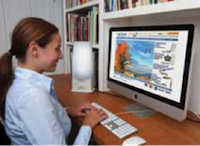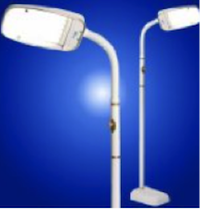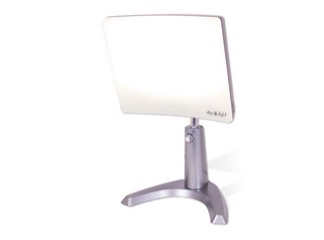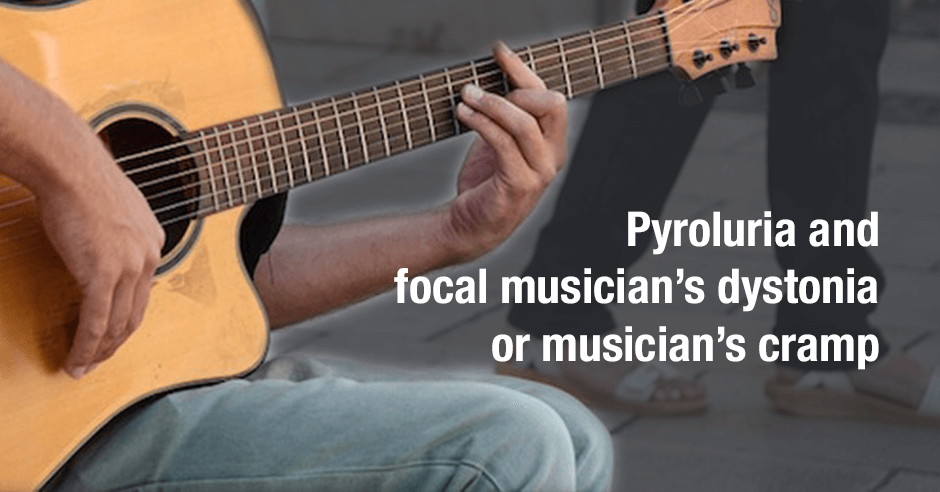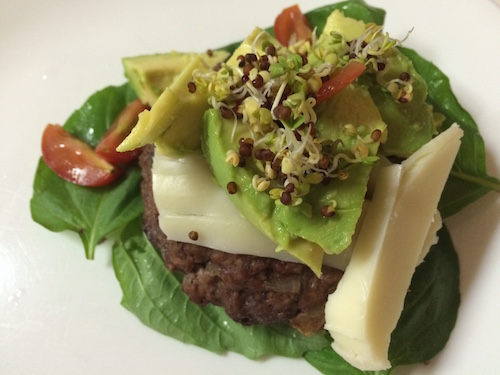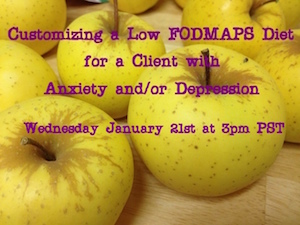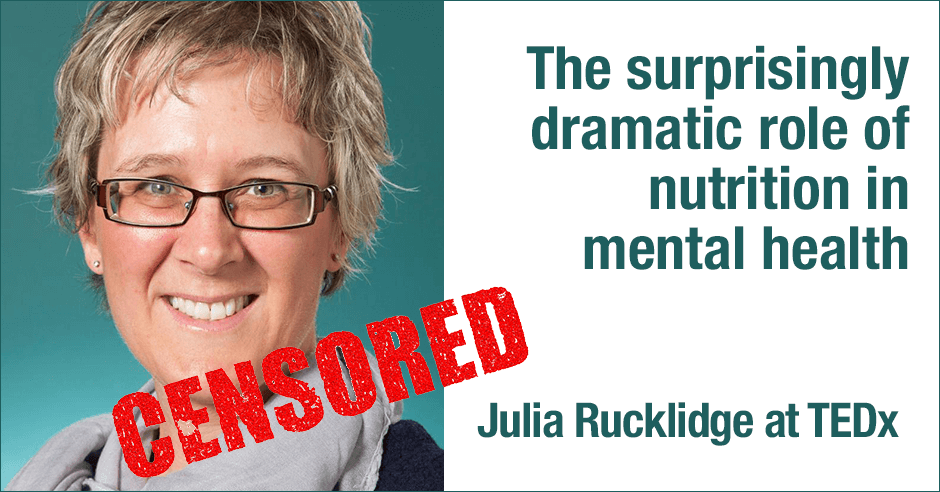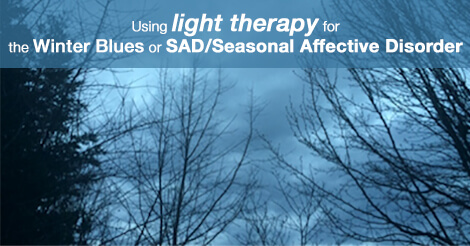
Seasonal affective disorder (SAD) or “winter blues” is a form of depression most often associated with the lack of light during the fall and winter months. It is very common and may be associated with low serotonin levels. We often associate low serotonin with depression, however low serotonin can also be associated with: anxiety, excessive worry and feeling overly stressed. There’s evidence of seasonality in anxiety and panic attacks, just as there is with seasonal affective disorder (SAD). Another common sign of low serotonin is increased carbohydrate cravings, especially during the afternoon or evening.
One very effective approach for SAD is light therapy. I also find the use of targeted individual amino acids and a dietary approach to be very useful and share more about that below.
Winter Blues by Dr. Norman Rosenthal MD
I’ve just finished reading a really great book called Winter Blues: Everything You Need to Know to Beat Seasonal Affective Disorder by Dr. Norman Rosenthal MD, and the research is fascinating. He is a fellow South African who moved to the USA and found he was depressed each winter. After 3 seasons of this, he started doing research on light therapy and was one of the original SAD researchers. He is internationally recognized for his pioneering contributions to understanding SAD and using light therapy to treat it.
Feedback from colleagues: desk lamp, desk panels, floor lamps and light boxes
I asked some colleagues what they have used and/or liked, and recommend and share some of these below (providing my Amazon links in most cases so you can find them easily). Due to models being discontinued/revamped, I’ve made some updates as of Jan 2024.
Donna Kelley, Certified Holistic Nutritionist
I have a Blue Max, full spectrum, 70 watt dimmable desk lamp. I have had it for 3 years and actually use it to work by. It was recommended by Julia Ross in her certification program. (The company that makes this one is Full Spectrum Solutions)
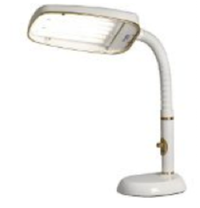
UPDATE: Jan 2024 – the above model is no longer available but a very comparable one is the Verilux HappyLight Duo – 2-in-1 Light Therapy & Task Desk Lamp. Be sure to read some of the reviews. This is a really good one: “
Christine Wokowsky, Board Certified in Holistic Nutrition
My office is the darkest room in the house and I have one sitting on my desk, especially helpful in the winter. This is the second Verilux Happy Light I have used and I really like it. Living in Nevada where there is sunshine over 330 days of the year I am so accustomed to light and brightness if I am in a dark room or space for too long it really affects me. This has been a great product for me and I can recommend it.
Tracey Schuyler, Owner, Nutrition Counselor at Redefining Food 4 Health, LLC, also likes the Verilux
Like Christine, I personally use the Verilux Happy Light, which I purchased recently. It made a difference right away. I live in Boise, Idaho, and we are accustomed to winter inversions … sometimes days / weeks on end without any sunlight! I place it on my bathroom counter, turn it on in the morning before I shower, and turn it off as I’m leaving the bathroom, after drying my hair, etc. (about 25 minutes).
UPDATE: Jan 2024 – the above model, Verilux Happy Light, is no longer available but a very comparable one by the same company is the Verilux® HappyLight® Alba – New Round UV-Free LED Therapy Lamp. This one has a count-down timer and is portable so can be moved from room to room easily.
Shirley Pastore McCormack, Writer, Life/Wellness Coach, Registered Yoga Teacher
I use the Blue Max Lighting (BlueMax 70W dimmable) floor lamp. I use it 20 minutes each morning from the fall to spring equinoxes. I noticed a great level of improvement, but even more improvement when a doctor prescribed Vitamin D therapy. I was moderately to severely deficient, and needed 10,000 IU for 4-6 weeks under her care to bring my levels up. I do well with the light therapy as long as it is used in conjunction with regular daily doses of D3 (I’m now on 2000IU daily). The light therapy just seems to be “part of the whole solution.” (The company that makes this one is also Full Spectrum Solutions.)”
UPDATE: Jan 2024 – the above model, Blue Max Lighting floor lamp, is no longer available but a very comparable one is the Verilux® HappyLight® Duo – 2-in-1 Light Therapy & Task Floor Lamp.
Dr Josh Friedman, PHD, Integrative Psychotherapy of Omaha
I follow the guidelines of Columbia University’s Center for Environmental Therapeutics. They have done research on a variety of light boxes and the one on this page is inexpensive and effective [and is 10,000 lux] You can find it on Amazon here: Carex Day-Light Classic Plus Bright Light Therapy Lamp
This is what the Center for Environmental Therapeutics has to say about this newer light therapy device:
This handsome new bright light therapy unit ― the Carex Day-light “Classic” Plus Model supersedes our former Daylight “Classic” Model, presenting the same benefits at lower cost and with enhanced design. The required parameters for 10,000 lux light therapy have been thoroughly clinically tested at major university centers, and have been established as the international standard for treatment of winter depression, milder “winter doldrums,” and other chronobiological, circadian rhythm sleep and mood disturbances.
Using light therapy with amino acids or adjusting up the amino acids or doing both
Additional Jan 2024 updates:
I often recommend the use of light therapy in conjunction with amino acids. We may just add light therapy and keep amino acid dosing the same or we may use higher doses of amino acids like tryptophan, 5-HTP and GABA during the winter months. We may also do both depending on the person’s unique needs.
Here are some blog posts where I address adjusting up/increasing the amino acids during winter:
- Increasing tryptophan or 5-HTP temporarily when a winter dip in serotonin causes more severe anxiety, OCD and/or the winter blues
- The seasonality of GABA: worsening anxiety, insomnia and intrusive thoughts in winter (and the need for increased GABA supplementation)
There may even be a seasonal aspect to PMDD/PMS with an increase in hormonal binge eating, wine drinking and anxiety – with symptoms ramping up from October (click here to read that blog post).
More binge eating, emotional eating and carb cravings in Winter
This paper, The Role of Diet, Eating Behavior, and Nutrition Intervention in Seasonal Affective Disorder: A Systematic Review discusses the eating and drinking habits of individuals with SAD (seasonal affective disorder):
Compared with non-clinical subjects, SAD patients tended to consume significantly larger dinners and more evening snacks during weekdays and weekends and exhibit a higher frequency of binge eating, external eating, and emotional eating. Additionally, compared to healthy controls, SAD patients presented more cravings for starch-rich food and food with high fiber.
This paper also mentions vegetarianism being associated with higher SAD prevalence. As outlined in my book (link below) and various blogs, I am an advocate of quality animal protein as it provides amino acids, zinc, iron, omega-3s and vitamin B12 – all needed for neurotransmitter production.
It also mentions that alcoholism is “associated with higher SAD prevalence.”
Amino acids and light therapy help emotional eating and excessive drinking
The authors don’t offer a solution but I can share that the amino acids mentioned above help with sugar/carb cravings and emotional eating and alcohol addiction.
Using light therapy is going to help too, with research suggesting that bright light therapy is potentially effective at improving both disordered-eating behavior and mood.
Seasonality to anxiety and panic disorder and how to use bright light therapy
There is a seasonality to anxiety and panic disorder just as there are seasonal variations in mood for certain susceptible individuals. You can read more about this and some of the basics like how to use bright light, and for how long, possible adverse effects and who should not use bright light therapy.
The blog is: How to use bright light therapy for increased anxiety, increased panic and SAD during the cold dark winter months
This information about bright light and mood disorders can be applied to anxiety and panic attacks, in addition to SAD.
Additional resources when you are new to using tryptophan and the other amino acids as supplements
We use the symptoms questionnaire to figure out if low serotonin or other neurotransmitter imbalances may be an issue for you.
If you suspect low levels of any of the neurotransmitters and do not yet have my book, The Antianxiety Food Solution – How the Foods You Eat Can Help You Calm Your Anxious Mind, Improve Your Mood, and End Cravings, I highly recommend getting it and reading it before jumping in and using amino acids on your own so you are knowledgeable. And be sure to share it with the practitioner/health team you or your loved one is working with.
There is an entire chapter on the amino acids and they are discussed throughout the book in the sections on gut health, gluten, blood sugar control, sugar cravings, anxiety and mood issues. The importance of quality animal protein is also covered.
The book doesn’t include product names (per the publisher’s request) so this blog, The Antianxiety Food Solution Amino Acid and Pyroluria Supplements, lists the amino acids that I use with my individual clients and those in my group programs.
If, after reading this blog and my book, you don’t feel comfortable figuring things out on your own (i.e. doing the symptoms questionnaire and respective amino acids trials), a good place to get help is the GABA QuickStart Program (if you have low GABA symptoms too). This is a paid online/virtual group program where you get my guidance and community support.
If you are a practitioner, join us in The Balancing Neurotransmitters: the Fundamentals program. This is also a paid online/virtual program with an opportunity to interact with me and other practitioners who are also using the amino acids.
Do you get the winter blues and increased anxiety in the winter months? Have you had success with light therapy?
If yes, which full spectrum lamp have you found to be the most useful? What time of the day do you use it, how often do you use it and for what duration?
Have you used a combination of amino acids and light therapy, and adjusted up your amino acids during the colder and darker winter months?
If you’re a practitioner do you recommend light therapy to your clients/patients?
Feel free to share and ask your questions below.
